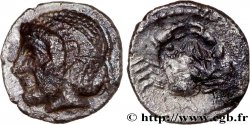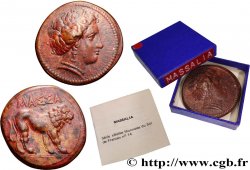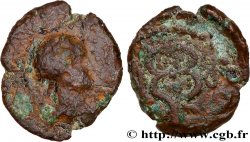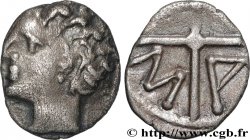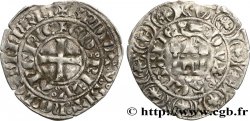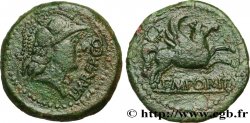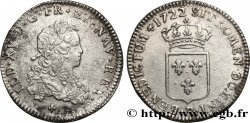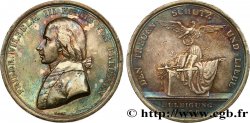v57_0400 - MASSALIA - MARSEILLE Obole MA, tête à gauche avec la pupille marquée
MONNAIES 57 (2013)
Starting price : 280.00 €
Estimate : 450.00 €
Realised price : 280.00 €
Starting price : 280.00 €
Estimate : 450.00 €
Realised price : 280.00 €
Type : Obole MA, tête à gauche avec la pupille marquée
Date: c. 121-82 AC.
Mint name / Town : Marseille (13)
Metal : silver
Diameter : 10,5 mm
Orientation dies : 5 h.
Weight : 0,61 g.
Rarity : R2
Coments on the condition:
Magnifique exemplaire avec un avers de qualité extraordinaire mais un revers un peu décentré. Agréable patine irisée, de collection ancienne, avec une petite tache superficielle devant le front
Catalogue references :
Predigree :
Cette obole provient de la vente HERITAGE - Dallas, n° 3020. Elle avait précédemment été achetée le 13 juin 1982
Obverse
Obverse legend : ANÉPIGRAPHE.
Obverse description : Tête juvénile à gauche du dieu fleuve (le Lacydon ?) ; les favoris marqués.
Reverse
Reverse legend : M-A DANS LES 3E ET 4E CANTONS.
Reverse description : Roue à quatre rayons.
Commentary
Cet exemplaire présente un avers particulièrement intéressant ; l’œil est si finement marqué que la pupille se distingue de l’iris. C’est la première fois que nous voyons une telle précision de gravure sur ce type de monnaie, par ailleurs de très bon style !.







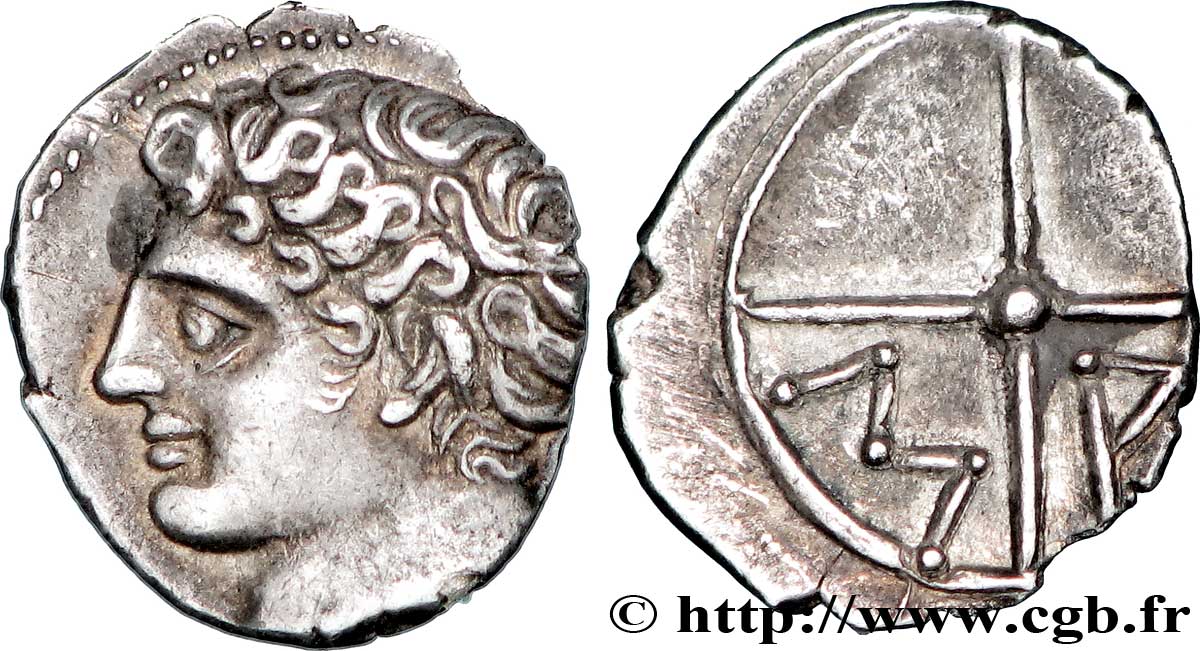
 Report a mistake
Report a mistake Print the page
Print the page Share my selection
Share my selection Ask a question
Ask a question Consign / sell
Consign / sell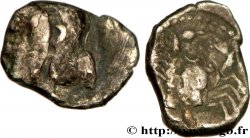
 Full data
Full data